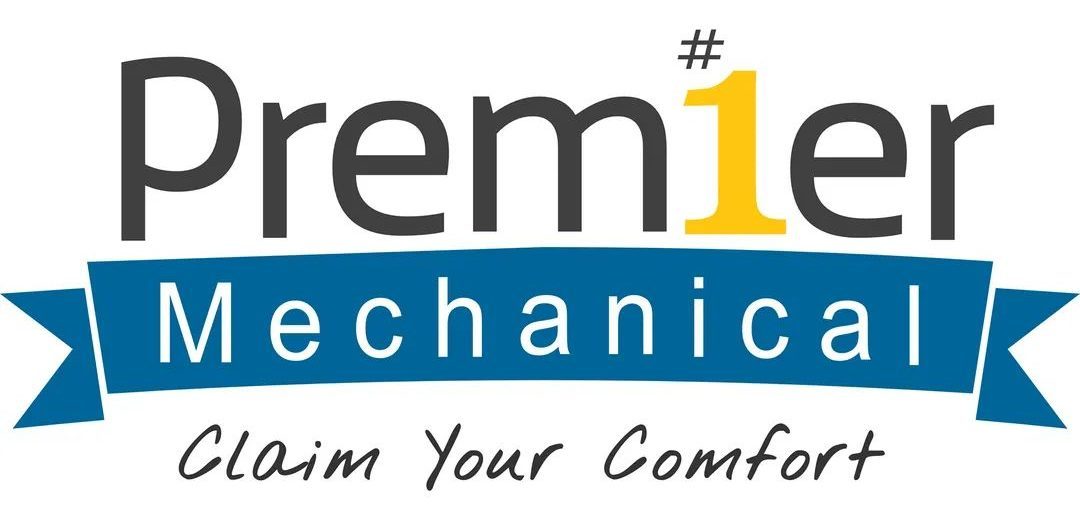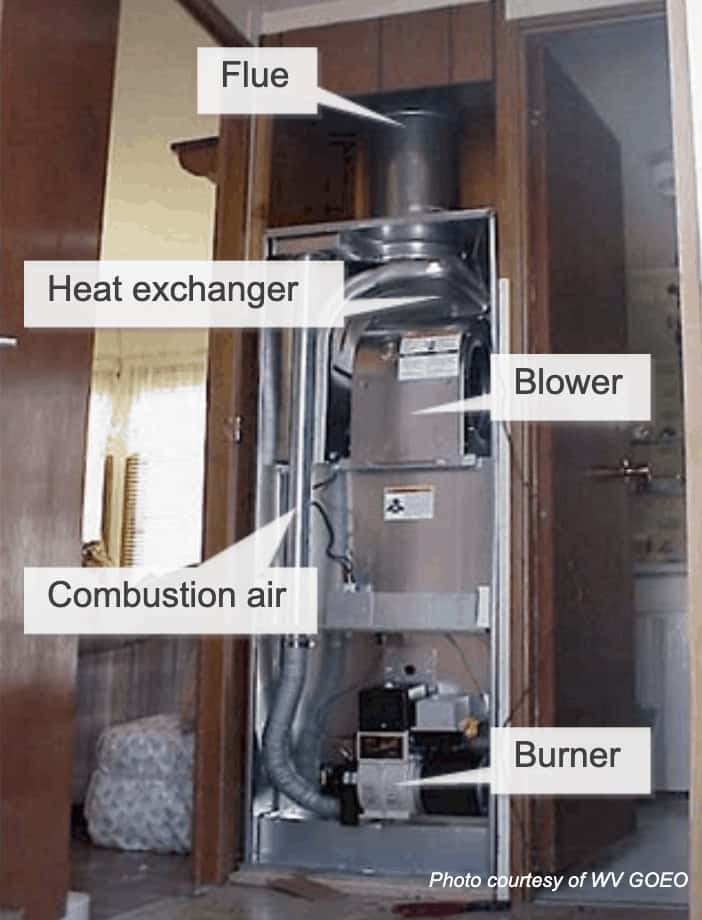What to Watch for When Getting Bids to Replace a Furnace or AC in a Manufactured Home
If you own a manufactured home and it’s time to replace your furnace, air conditioner, or both, getting bids can feel like you’re diving into a pool of conflicting information, half-truths, and head-scratching numbers. The reality is: replacing HVAC equipment in a manufactured home is not the same as in a site-built house. The rules are different, the space is different, and the way equipment is designed is different.
Here are the most important things to keep in mind so you don’t get burned.
1. Make Sure the Equipment Is Rated for Manufactured Homes
Manufactured homes have HUD requirements, and not every “regular” residential furnace or AC will meet them. Some contractors try to sell standard equipment because it’s cheaper or what they’re used to installing, but that can cause big problems — from reduced efficiency to a failed home inspection. Always confirm the model numbers are HUD-approved for manufactured housing.
2. Watch Out for Undersized or Oversized Units
Some installers guess at sizing instead of doing a load calculation. In a manufactured home, the ductwork is smaller, and the airflow balance is different than in a stick-built home. An oversized system will short-cycle and fail early. An undersized system will run constantly and never fully heat or cool your home. Matching the new system to the existing unit is a safe route as the manufacturer already sized the unit correctly for your home.
3. Understand That the Ductwork May Need Work, Too
In many manufactured homes, the ducts are in the belly of the home and can leak like crazy. Replacing the furnace or AC without sealing and checking ducts is like putting a new engine in a car with flat tires. A little duct sealing could save you $15–$30 a month in wasted energy.
4. Ask About Electrical Compatibility
Some manufactured homes are wired differently, especially older ones. Your new unit’s voltage, breaker size, and wiring capacity need to match your home’s panel. Otherwise, you’re in for surprise electrical upgrades you didn’t budget for.
5. Beware of “Too Good to Be True” Bids
If one bid comes in way lower than the rest, find out why. Are they cutting corners on the brand? Installing non-HUD rated equipment? Skipping new refrigerant lines? Using leftover inventory from a discontinued model? Failing to include a new flue in their bid? Cheaper isn’t always better — especially when you’re dealing with your home’s comfort and safety.
6. Know the Real Cost of R-410A vs. A2L Refrigerants
Right now, R-410A systems are selling out quick as the industry transitions to A2L refrigerants. The new A2L refrigerants are mildly flammable and come with extra code requirements — especially in multi-family or multi-story situations. If you’re on the fence, replacing your AC now might save you a world of trouble later if the installer can get their hands on a 410a system.
7. Don’t Forget the Skirting & Crawl Space Access
In many manufactured homes, the furnace and ducts are accessed from underneath. Make sure the installer knows how they’re getting in there — and that they’ll put everything back the way they found it. A sloppy crawlspace job can cause moisture problems, pest issues, and heat loss.
8. Ensure the Estimate Includes the Exhaust Flue
The flue pipe for a manufactured home furnace is a dual-purpose flue. It brings in the combustion air in and exhausts the flue gases in one pipe. While it is not required in all jurisdictions, replacing the flue as part of the project is ideal to ensure a proper fit and flow.
Bottom line: replacing HVAC equipment in a manufactured home takes a contractor who understands manufactured housing. Ask questions, and don’t be afraid to walk away from someone who gives vague answers.

